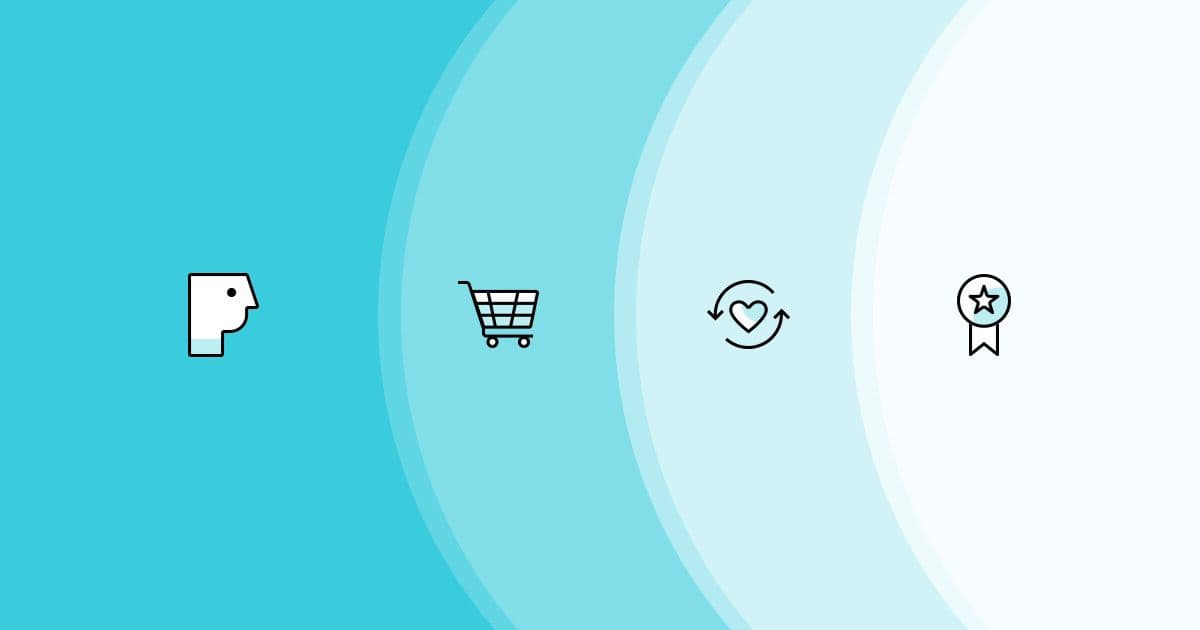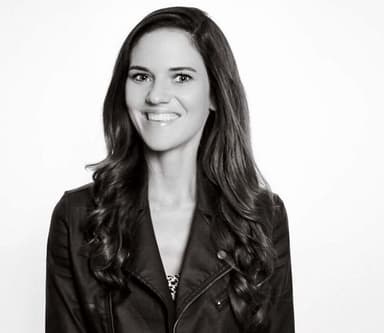From Anonymous to Upsell: Mastering the Subscription Lifecycle
Published on June 27, 2019/Last edited on June 27, 2019/8 min read


Grace Bacon
Senior Customer Success Manager at BrazeSubscriptions are starting to look more and more like the future. Over the past five years, the digital subscription market has doubled every year and 15% of online shoppers have signed up for at least one recurring subscription, many of them monthly boxes. And as the subscription business model has risen in popularity, we’ve seen countless industries getting in on the action, with digital and physical subscription offerings in almost every conceivable category
However, while the subscription market is booming, the shift from a single-sale business model to a recurring revenue approach has real implications for customer engagement strategies and can force marketers to rethink how they’ve been communicating with their users and measuring success. With a subscription business, consumers are buying a service—and an ongoing one at that. To retain customers, you have to continuously showcase the value that your brand is providing, while still finding ways to emphasize the value they could see by upgrading to a premium tier. But before you can do all that, you have to sell them on subscribing in the first place.
While every subscription-based business is different, they share the common goal of moving users from an initial display of interest—think visiting a website or downloading an app—to becoming engaged, paying customers and advocates. Looking for inspiration? Well, the team at Intuit QuickBooks Self-Employed (QBSE) has built out a method to more effectively drive subscriptions for their product suite and to retain those that subscribe in a systematic way. Let’s take a look at how they’ve accomplished that and what it means for brands looking to master the subscription lifecycle.
Stage One: Engaging with Anonymous Users
A thoughtfully curated, in-app welcome flow is a powerful tool for driving long-term engagement and loyalty. While QBSE prioritized onboarding new users with a series of welcome emails and push messages, they also realized that getting people to opt-in to those message was the first hurdle. Your customer journey is only as powerful as its starting point, after all. And with many QBSE users ending their first session before finishing the sign-up process, getting people to sign up and opt-in to those messages was a challenge.
At that stage, these users are effectively anonymous because they haven’t logged in or signed up for an account, and they also haven’t shared their email address or opted in for push notifications, making them hard to contact. To ensure that they don’t disappear forever, it’s on QBSE to engage them—getting them to come back to the app and sign up for a free trial or subscription—before they fall out of the funnel completely.
“Internally, we plot what is the median time within which users sign-up after downloading,” says Amrita Damani, mobile marketing lead at QBSE. “We have a very fair idea of what that time window is when somebody would sign-up. After a certain time, we start seeing drop-offs in those sign-up rates. And it’s usually very soon—it’s really early.”
Thankfully, because both Android and iOS give brands the option to message users who haven’t explicitly opted-in for push, QBSE has been able to take advantage of that functionality to encourage anonymous users to come back to the app, helping to successfully reduce attrition.
Stage Two: Moving Users from Free Trials to Subscriptions
Getting anonymous users to sign up for a free trial is a big win for subscription brands—but it’s far from the end of the road. To see the benefits of this growing customer/brand relationship reflected in your bottom line, you need to prioritize encouraging them to make the jump from trial to subscribe.
At QBSE, they’ve found that once a user logs into the app for the first time, they generally sign up for a free trial, which moves them down the subscription lifecycle funnel, but also sets up a ticking clock to get them to become paid subscribers before their trial runs out. “Until they have become a paid user, we try to nudge them to become one,” explains Damani. “Show them the value, convince them to make a purchase—or subscribe to your offering, in our case.” To get there, QBSE uses Braze to create and send dynamic messaging journeys highlighting valuable app features to encourage new users to complete their user profiles and experience the app’s value proposition early on. They’ve found that this is key to reducing new user churn rate.
Stage Three: Retaining and Upselling Subscribers
Messaging continues to play a key role even after new users pull the trigger and sign up for subscription. After all, demonstrating consistent value to your customers is crucial in a recurring revenue model. Users who don’t adopt helpful app features, for example, could evaluate their purchase and decide to unsubscribe. To reduce this threat, it’s important to identify the benefits of your subscription business and encourage users to leverage those features via messaging.
“Once they become a paid user,” Damani says, “we try to nudge them with important information that would keep them engaged and help them continue to find value in our product so they continue to be subscribers and stay with us longer.” Also, after a user subscribes, Intuit monitors user behavior to get a sense of how—and whether—they’re engaging. When they see users with lower than average engagement, they leverage Braze to trigger increased messaging, which they’ve found keeps these users more engaged and more likely to maintain their subscriptions.
That approach has paid dividends, but QBSE isn’t planning to rest on their laurels. Going forward, QBSE plans to use messaging to introduce subscribed users to other relevant subscription offerings from Intuit. And that approach isn’t just workable for them—any business with multiple product or subscription offerings should think about leveraging these key stages in the user journey to introduce other upsells or premium subscriptions.
Cross-Channel Engagement and Propensity Scoring: The Subscription Lifecycle Marketer’s Secret Weapons
Ultimately, successfully moving people from anonymous users to premium subscribers depends on marketing, data, and product teams being able to understand their users and their behavior, and then use that understanding to power communications that support conversions and stronger customer/brand relationships. At QBSE, they take advantage of Braze in conjunction with an in-house propensity scoring model to make that happen. “We have these propensity models which are developed within [Intuit]...where we can with very high certainty predict really early—within the first, second, and third days if a user is going to subscribe or not,” explains Damani.
Because the propensity model feeds real-time user scores into Braze, it makes it possible for QBSE to make smarter decisions about what messages would benefit from personalization and how often a user should be nudged. “The model looks comprehensively at how the app was used by a specific user,” says Damani. “If they did certain things, if they did it within certain time windows, if their characteristics were similar to certain other subscribers, then it is able to assign a propensity score to them. For lower propensity scores, this model also recommends some of the top actions that the user could be nudged to take to improve their score.”
But while knowing what actions move the needles when it comes to new user retention and influencing subscriptions is essential, that knowledge isn’t enough on its own—you need to be able to take effective action on that knowledge. At QBSE, that means leveraging the Braze platform’s cross-channel messaging capabilities. According to Damani, “The first step is to start sending them [push] notifications based on [propensity scoring insights] and then soon we'll expand it to multi-channel by adding emails and in-app messages to further amplify the impact of the communication.”
Taking that cross-channel approach can have a major impact. Braze research has found that sending messages in a single channel was associated with a 179% increase in engagement, compared to users who received no messages at all. However, brands that leveraged two or more messaging channels to communicate with their users saw engagement rates that were a massive 642% higher.
Final Thoughts
Success in the subscription economy requires you to acquire and retain subscribers over the long-term. For QBSE, they’ve met that challenge by using data to measure what approaches are most successful and ensuring that their team is nimble enough to pivot based on the results they find. And by leveraging their propensity model in tandem with Braze’s cross-channel messaging capabilities to reach users at key points in their customer journey, they’ve been able to bolster subscriptions and user retention while providing a more relevant, valuable customer experience.
Related Tags
Be Absolutely Engaging.™
Sign up for regular updates from Braze.
Related Content
View the Blog
A day in the life of a data scientist on the BrazeAIᵀᴹ forward-deployed engineering team

McKay Jensen

The new inbox reality: How iOS changes are reshaping email marketing

Aparna Prasad

Experience optimization: Turning data insights into better journeys
